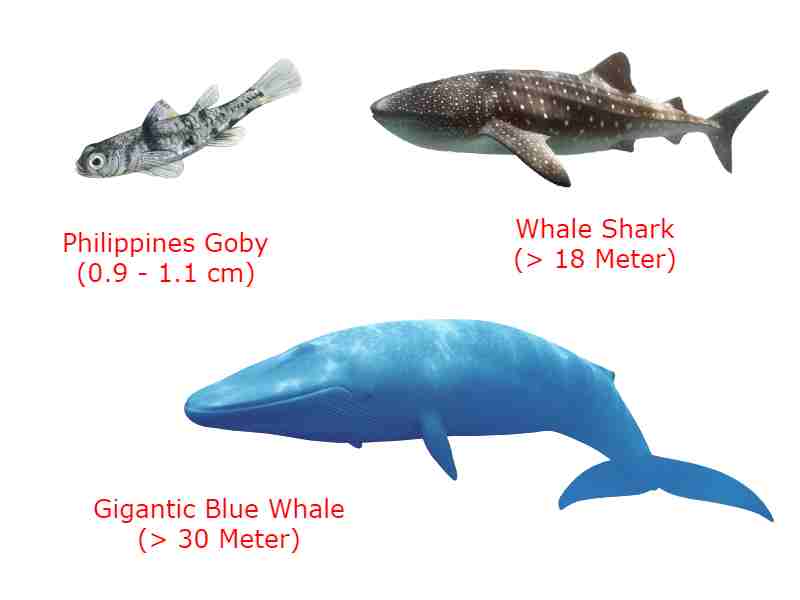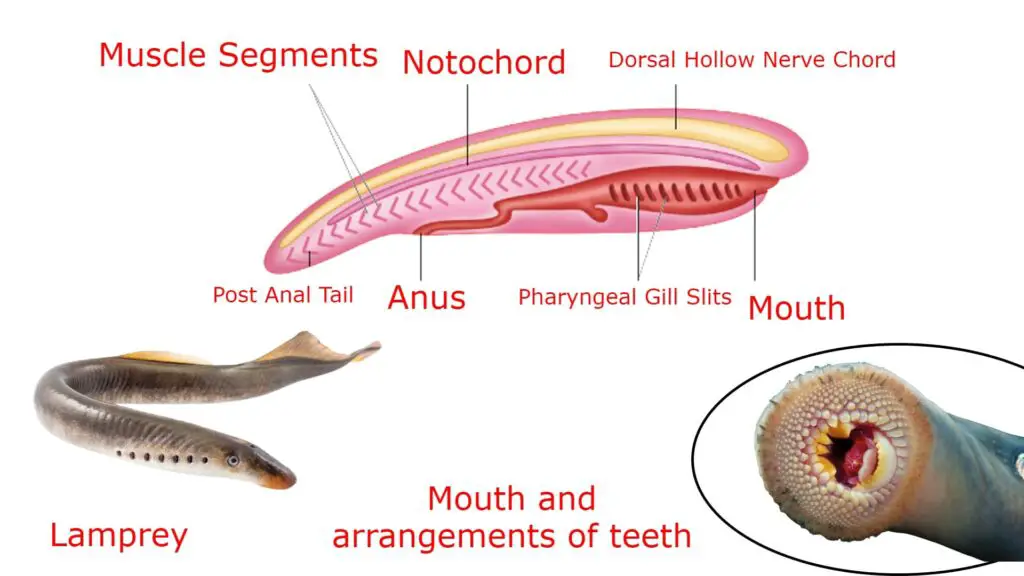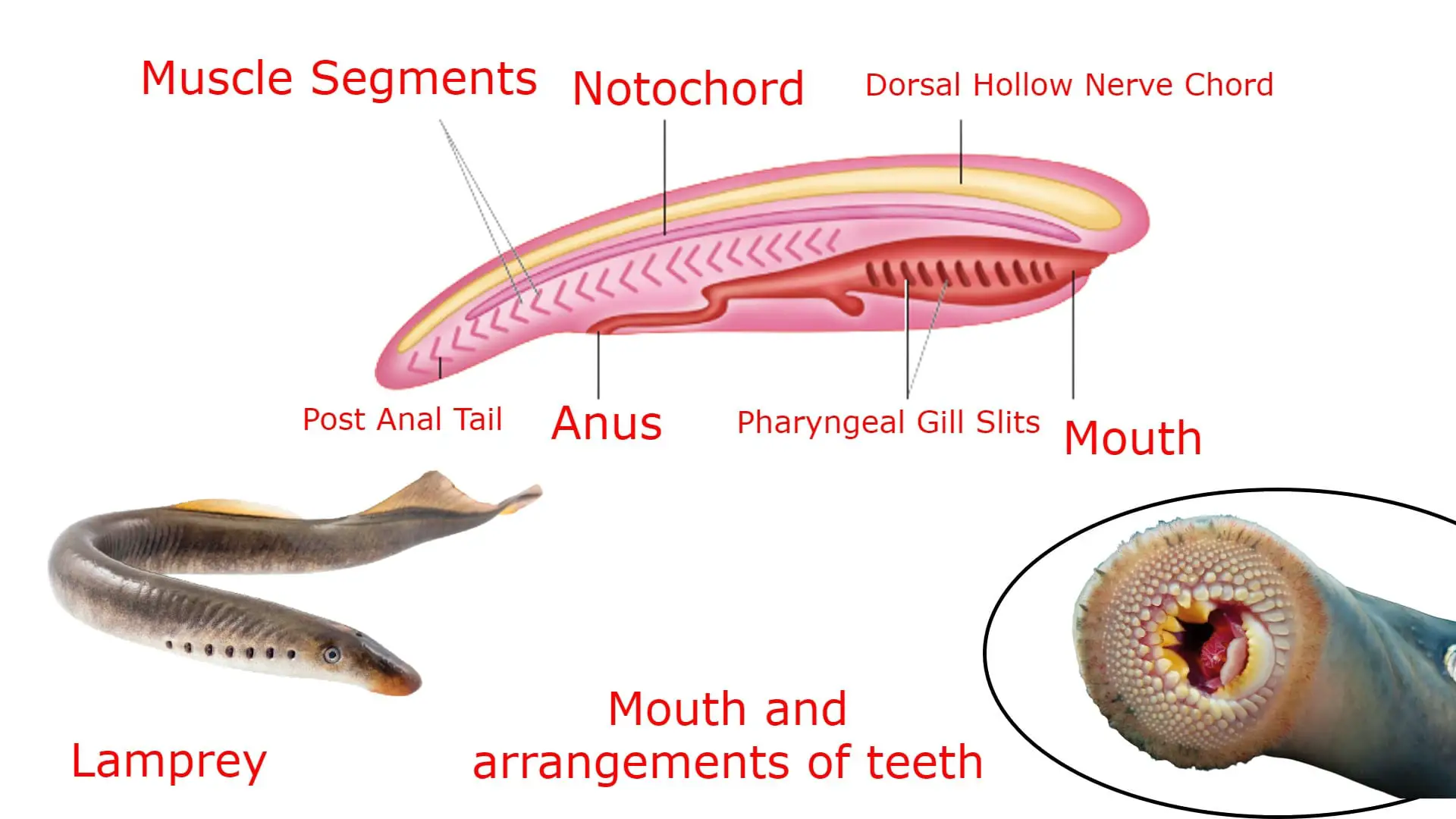We have already discussed 3 fundamental characters of the phylum Chordata which separate them from other Nonchordate animals and now we are going to discuss all the general characteristics features of phylum Chordata.
Table of Contents
General Characteristics Features of Phylum Chordata:
Habits:
Members of phylum Chordata are well adapted in all types of environmental conditions and on the whole earth, their existence is in abundance. Like lower Nonchordate some Chordate are aquatic, for example, fish, reptiles, amphibians, in mammals whales are aquatic.
Amphibians are terrestrial in the adult stage, most of the mammals, reptiles, birds are terrestrial the hard shell of some advanced amphibians enables them to live on land. Most of the birds are aerial and most of them are not able to fly so they are terrestrial.
Chordata are well evolved to live independently so completely parasitic forms are absent, some of them are facultative parasites and those parasites can live without a host as well as with the help of the host.
Size:
Members of phylum Chordata show great variation in size and shape, gigantic blue whales, whale sharks are members of Chordata with very large sizes.
On the opposite side phylum, Chordata also has very small size animals like Philippines Goby which have a small size in the range of millimeters.

On land large size animals elephants are also members of the phylum Chordata so they show all types of size variation.
Bilateral Symmetry:
Bilateral symmetry is a type of symmetry where the left side of the body and right side of the body is similar, bilateral symmetry is a common character between higher Nonchordate and Chordata.
Bilateral symmetry is very useful for those organisms which have a well-defined head and this type of symmetry is the result of special arrangements of viral organs in the body.
Metamerism:
Metamerism refers to a special type of segmentation in the body that divides the whole body into different segments know as metamers and it is clearly visible in Nonchordate Annelida.
In higher Chordate metamerism is not clear from the outside but different segments in the body cavity and special arrangements of muscle indicate metamerism.
Post Anal Tail:
In Chordate, a muscular tail is present after the anus but in higher Chordate, for example, humans do not have the post-anal tail in the adult stage.

In Chordata, some animals have a post-anal tail in the adult stage while some have only in the embryonic development stage and become vestigial organs after they attain the adult stage.
Triploblastic:
During embryonic development, all the body organs develop from some tissue or germ layers. Chordata and higher Nonchordate are triploblastic, so all body tissues develop from three germ layers, ectoderm, mesoderm, and endoderm.
True Coelom:
Some higher Nonchordate and Chordata have specialized body cavities lined by peritoneum membrane, and this body cavity or Coelom is formed in two ways.
If the Coelom is formed splitting of mesoderm then it is known as schiezocoelom and when the Coelom formed from archenteron is known as enterocoelom.
Notochord:
It is a very important characteristics feature of phylum Chordata, it is a supportive rod-like structure that gives mechanical support to the organism and this notochord is replaced by a vertebral column in vertebrates.
Endoskeleton:
In higher Chordate, a special supportive tissue is present in the whole body which gives attachment to various body parts. The endoskeleton can grow with time and it is cartilaginous or bony, especially in vertebrate endoskeleton is a very important feature.
Pharyngeal Gill Slits:
In phylum Chordata, the wall of the pharynx is open through some lateral slits and it may be present throughout the life or may be present in a certain stage of life.

Pharyngeal gill slits are very helpful for those organisms which take food through a filter-feeding mechanism and those animals where gaseous exchange takes place through the gill.
In higher Chordate pharyngeal gill slits are absent in the adult stage, they are only present in the embryonic stage, for example, in humans.
Blood Vascular System:
Chordata has a closed circulatory system in which blood only flows through blood vessels and does not open directly to any open cavity and it makes the circulation very efficient.
The well-defined heart is present on the ventral side and the presence of the hepatic portal system is also a special character of the phylum Chordata.
Excretory System:
Nitrogenous waste materials are filtered through different types of kidneys, pronephric, mesonephric, and metanephric kidneys.
Dorsal Hollow Nervecord:
In Chordata, the central nervous system is present in the form of a hollow nerve cord which presents on the dorsal side of the body, and in the higher Chordate, in the case of vertebrates the anterior part of the nerve cord is enlarged into the brain and the remaining part of the nerve cord is converted to fluid-filled hollow spinal cord.
Reference: Phylum Chordata General Characteristics Features
Hi Everyone!!! Welcome to Imaluop. Imaluop always try to learn some new and he want to share to other people. Here we will try to learn various topics on Science, specially on Biological Sciences.
